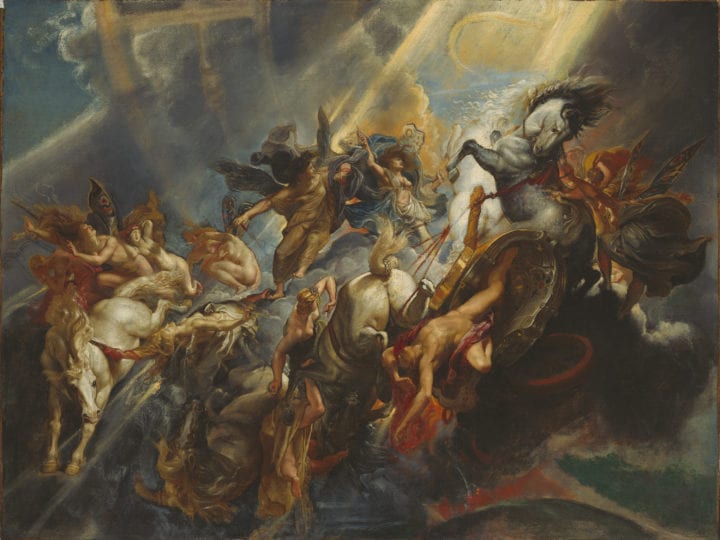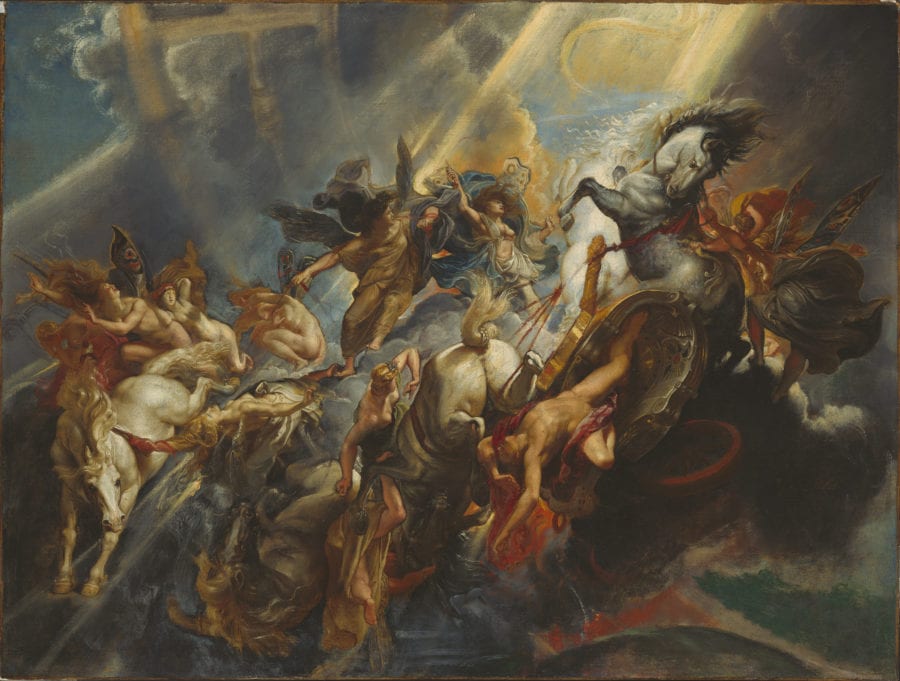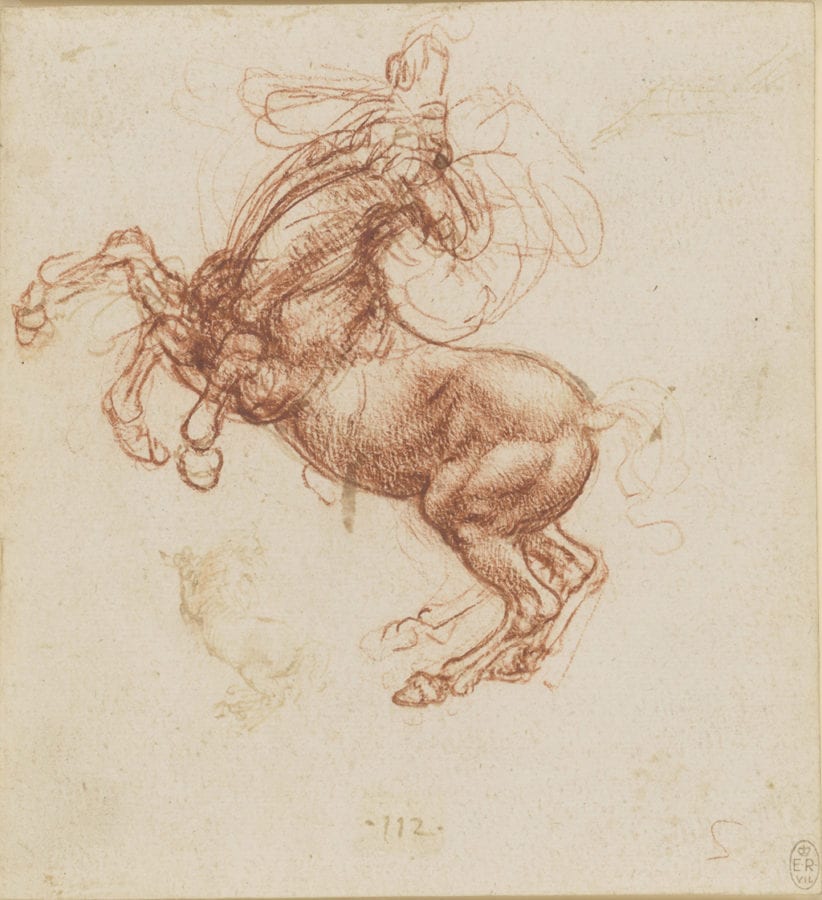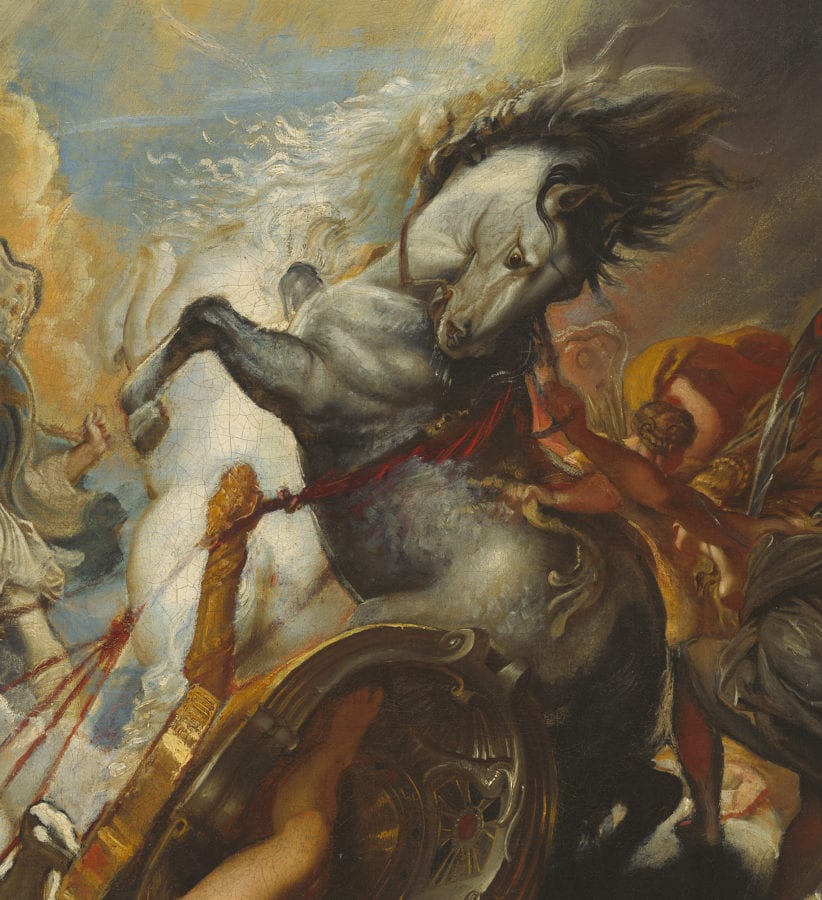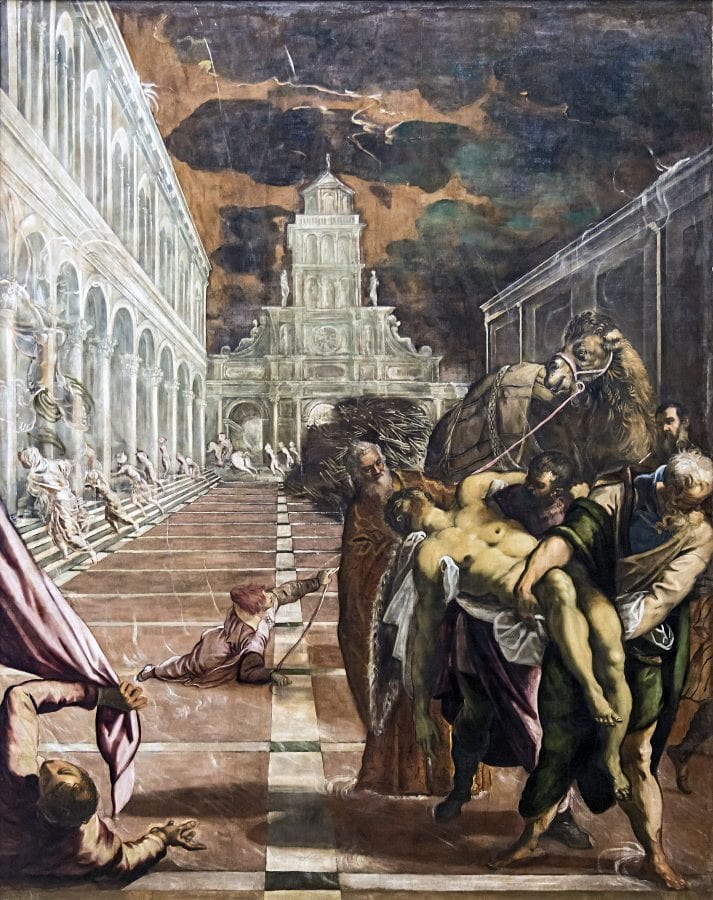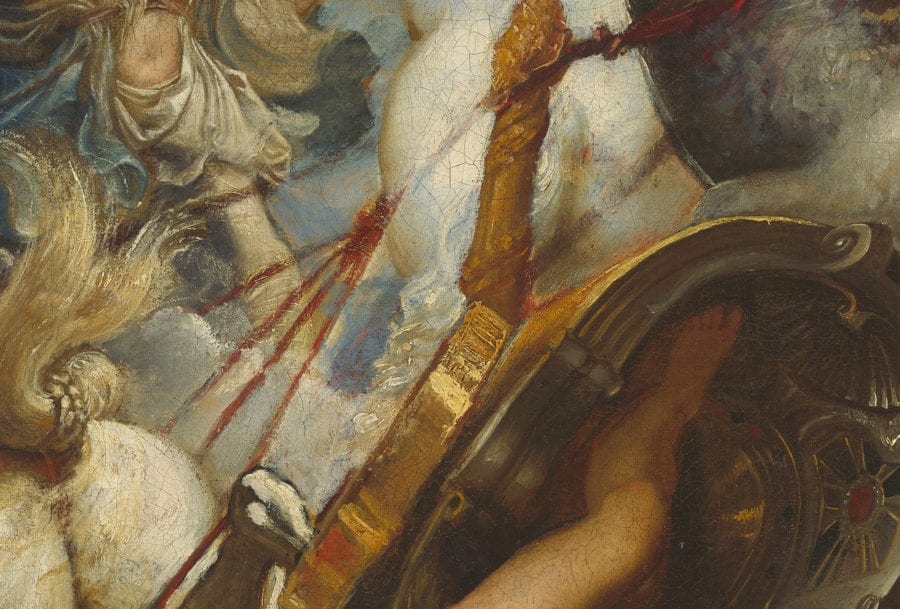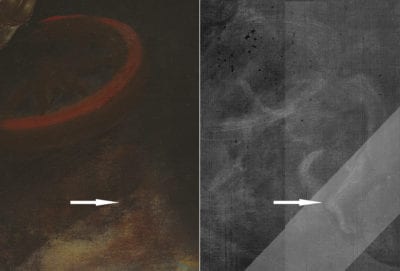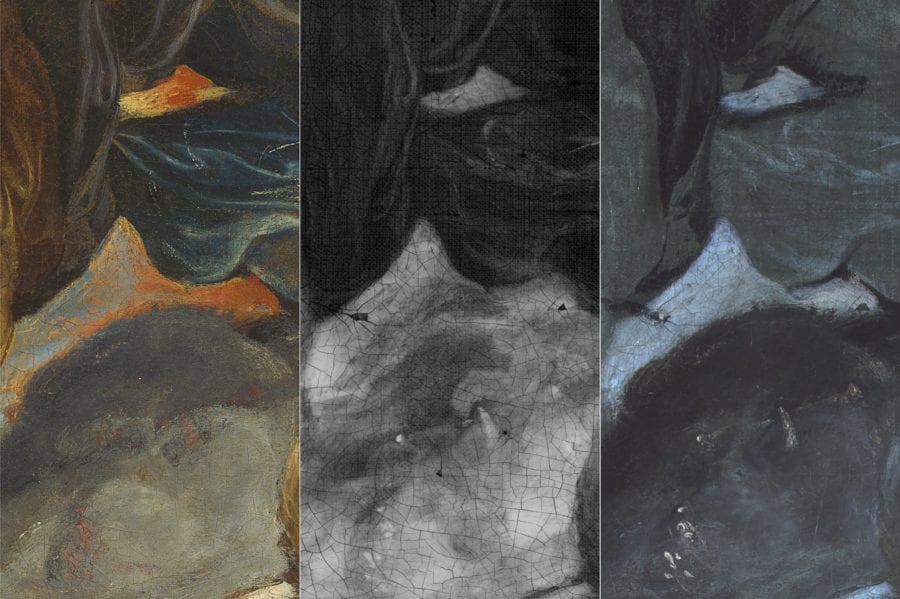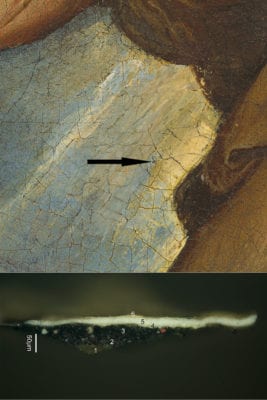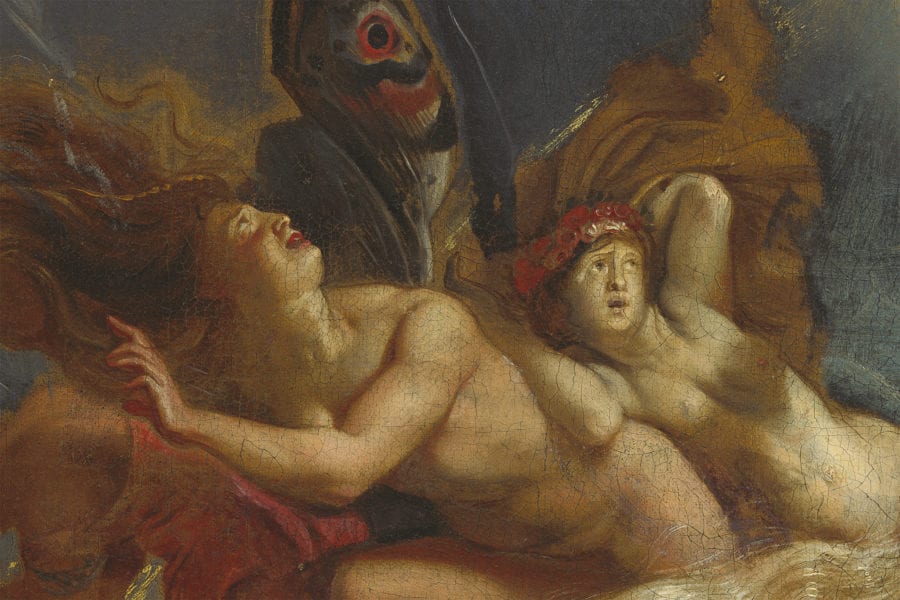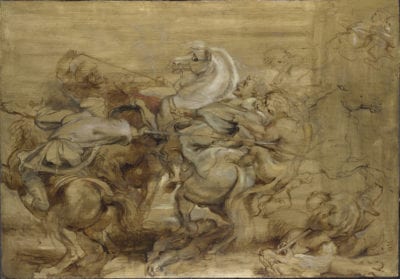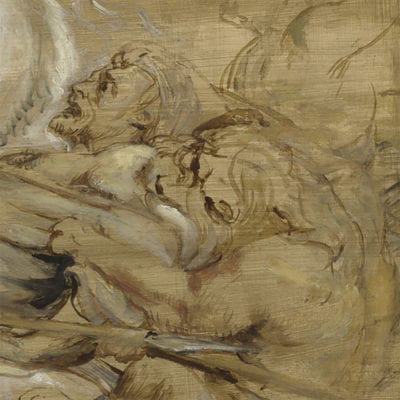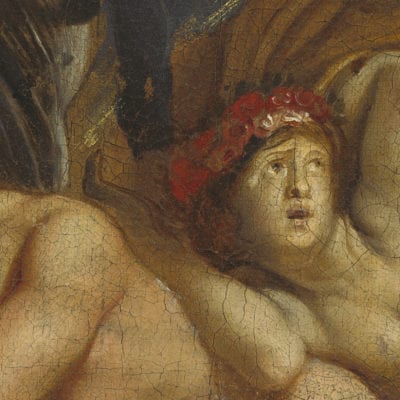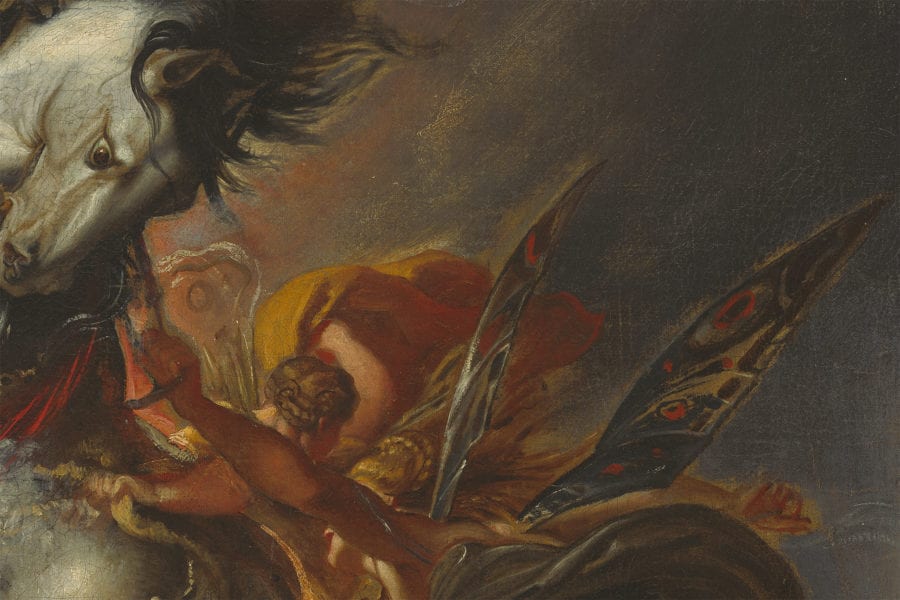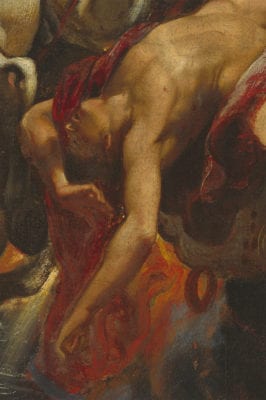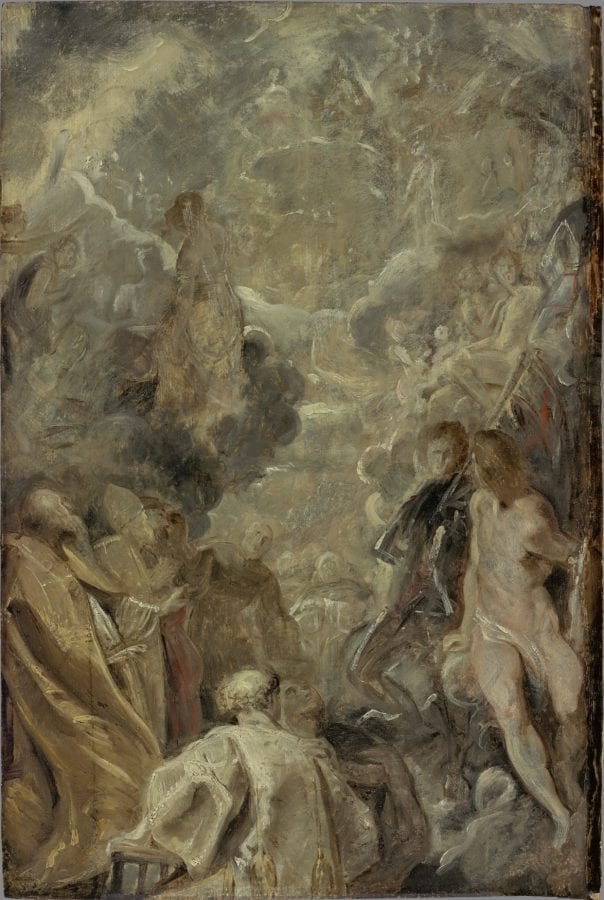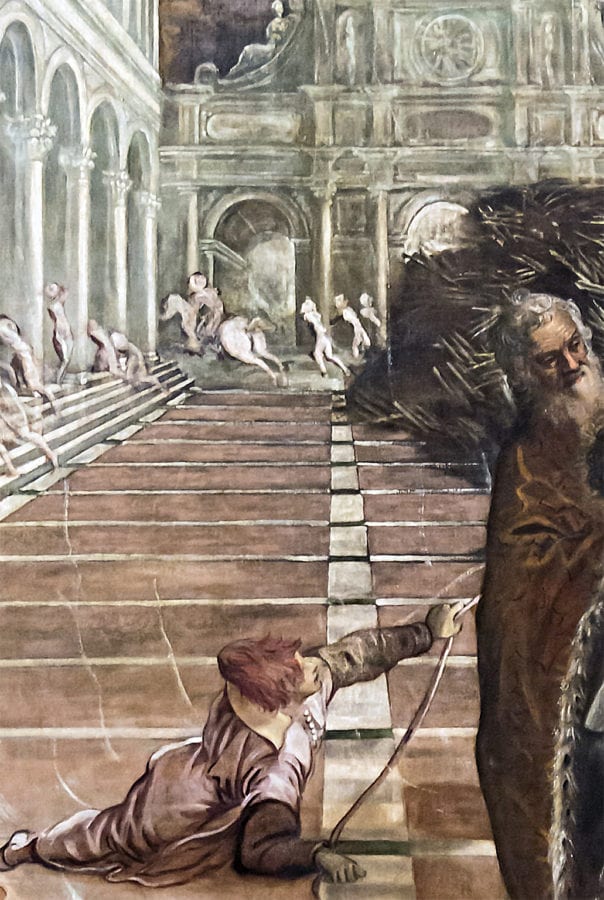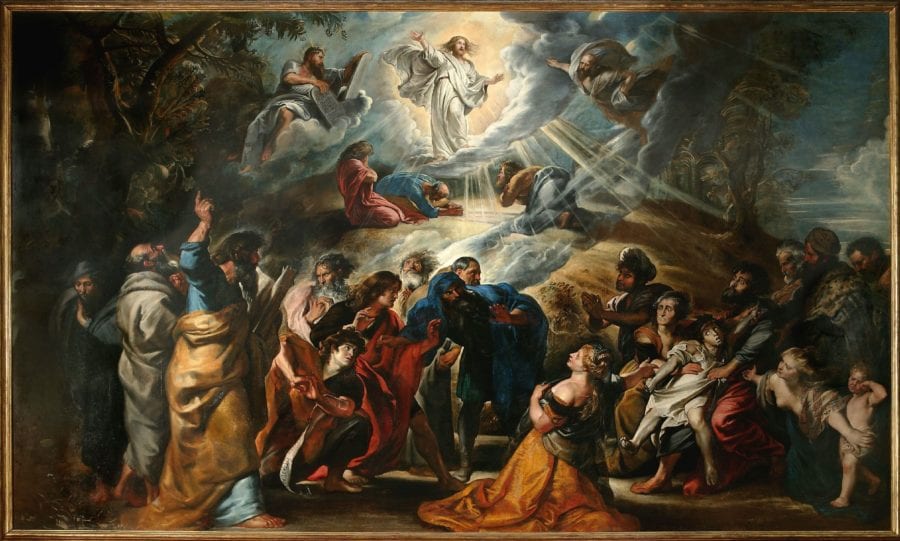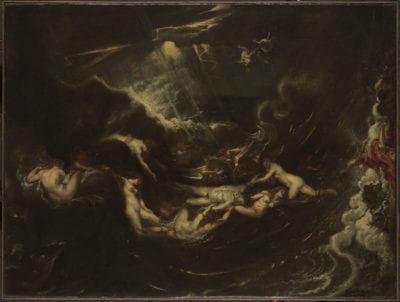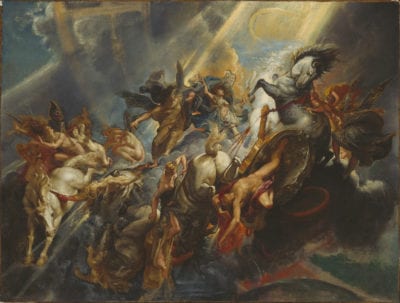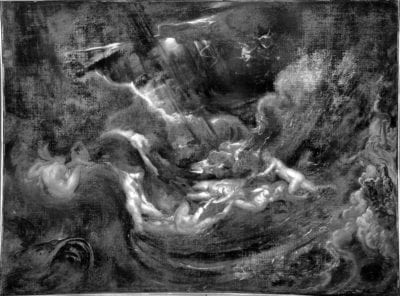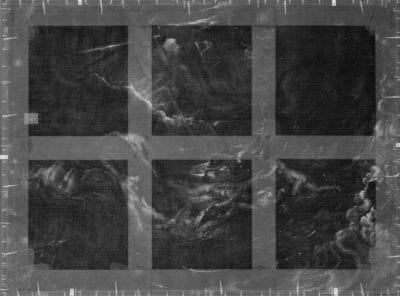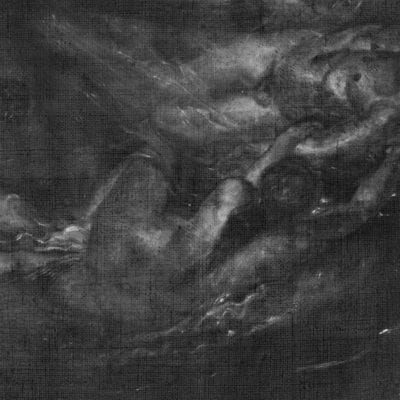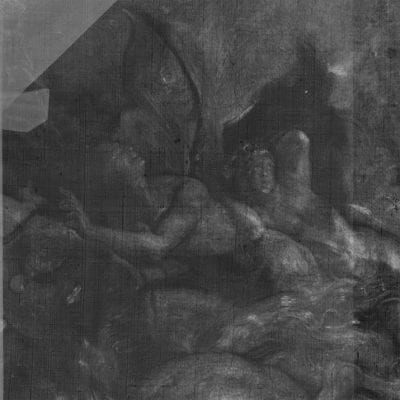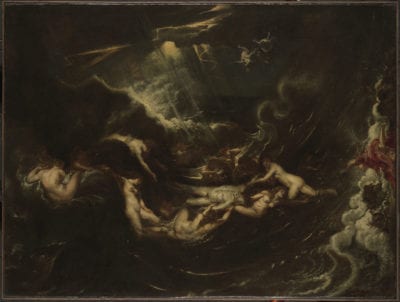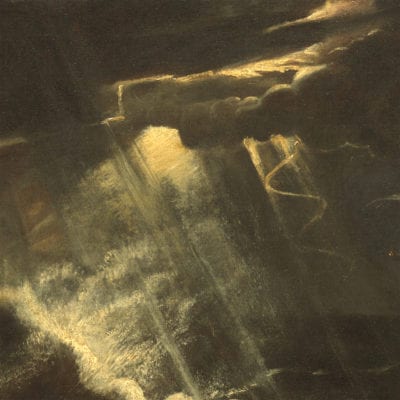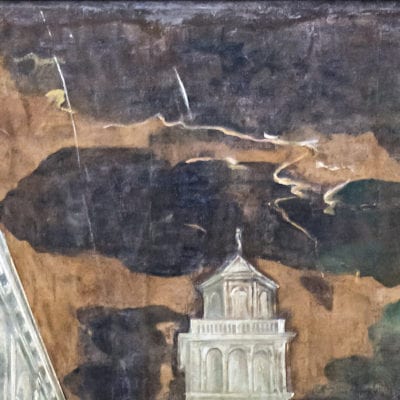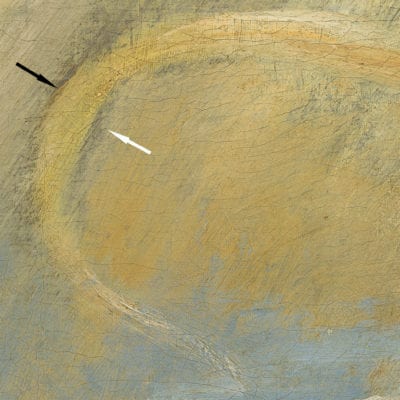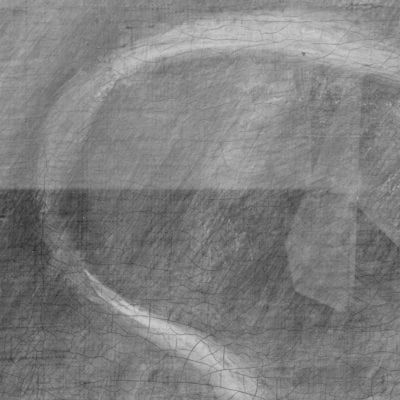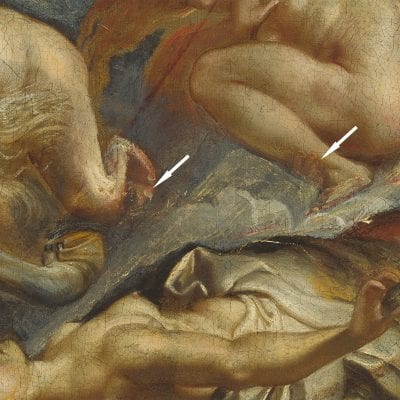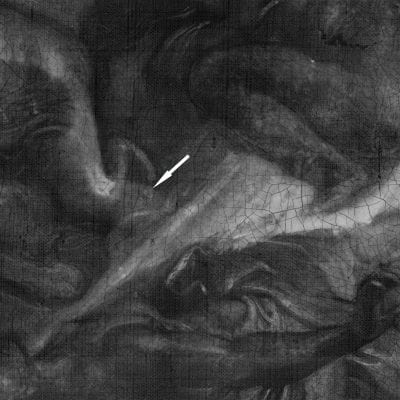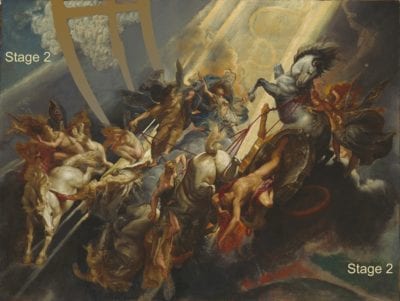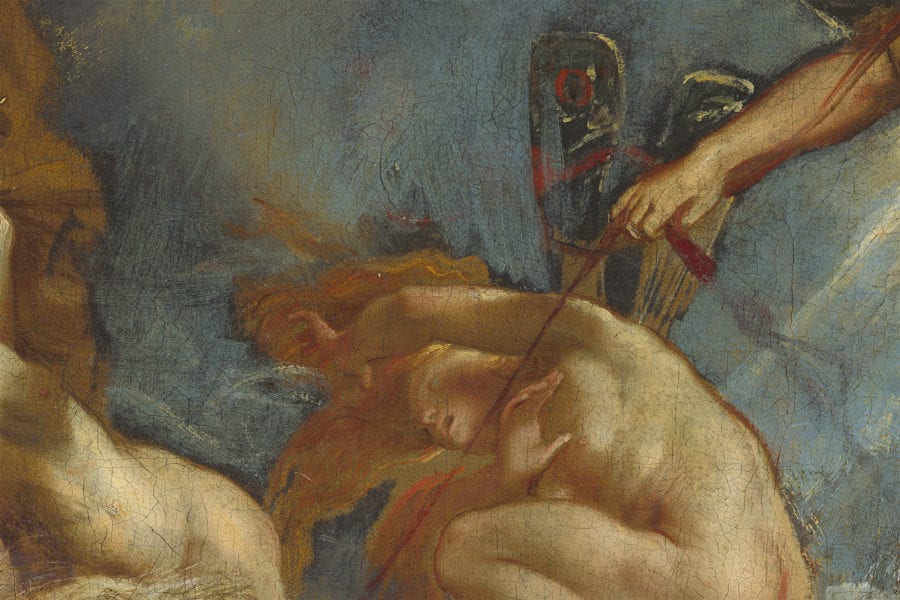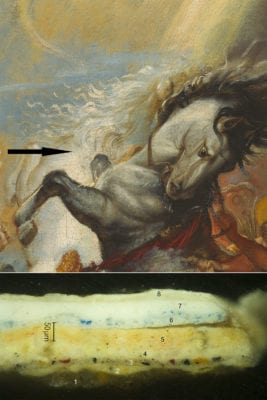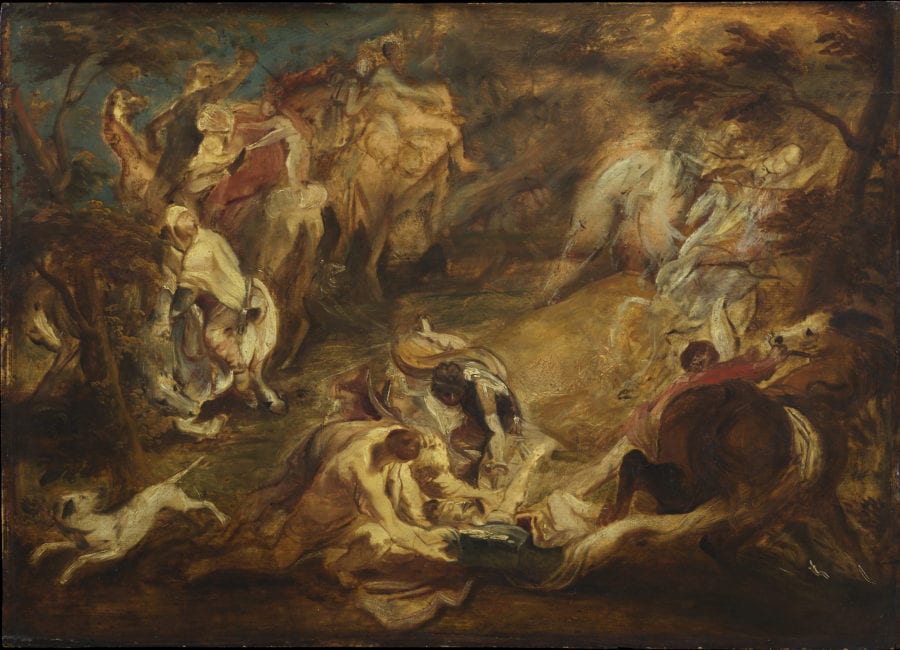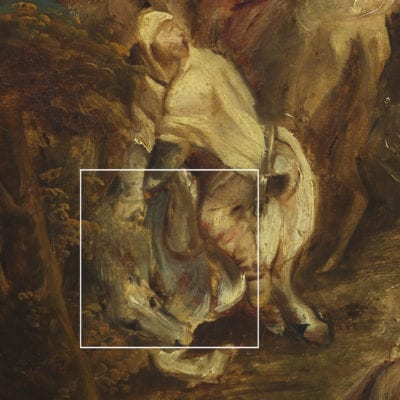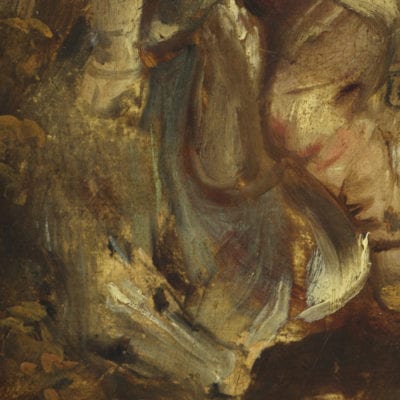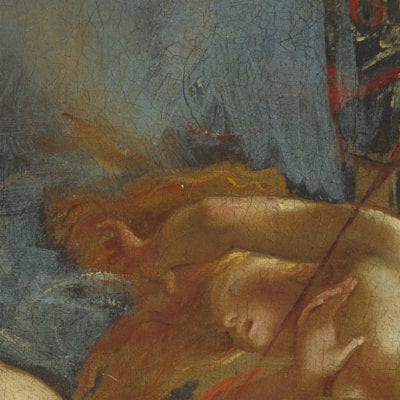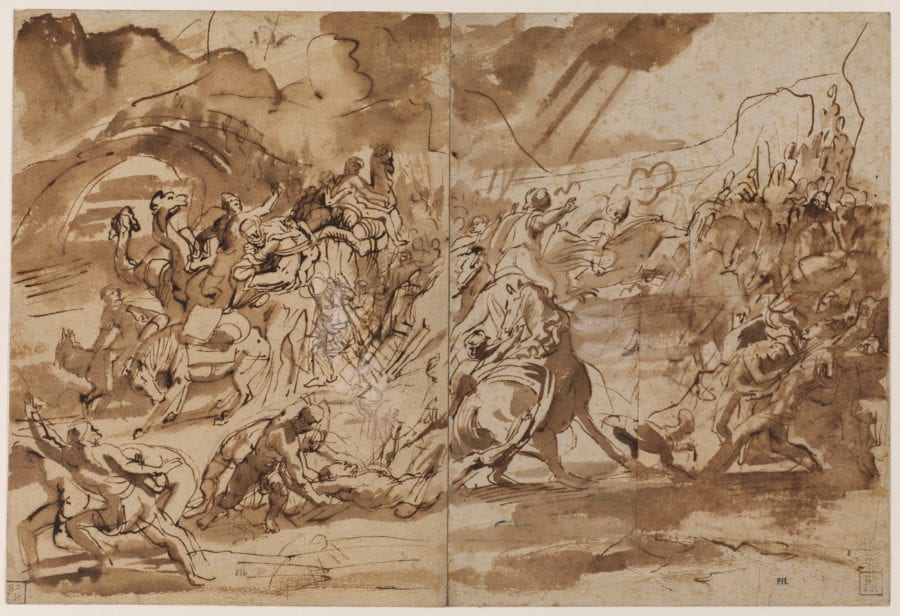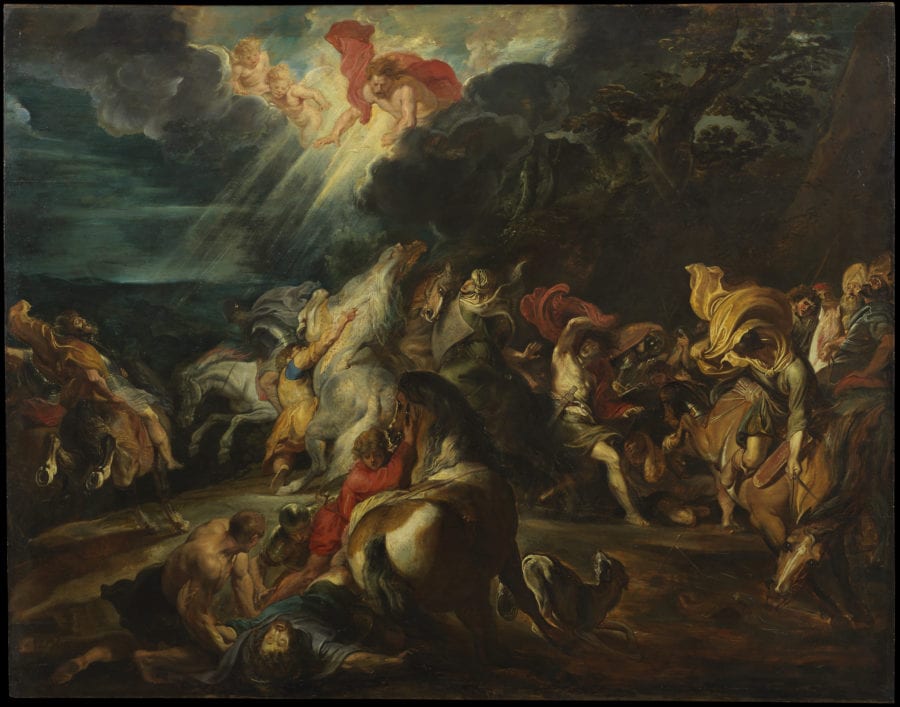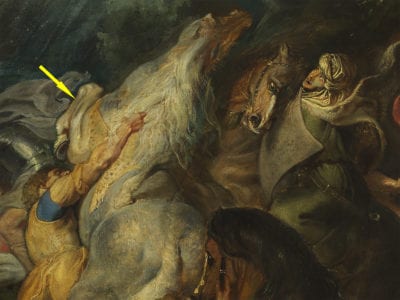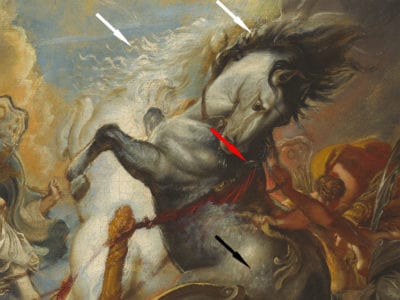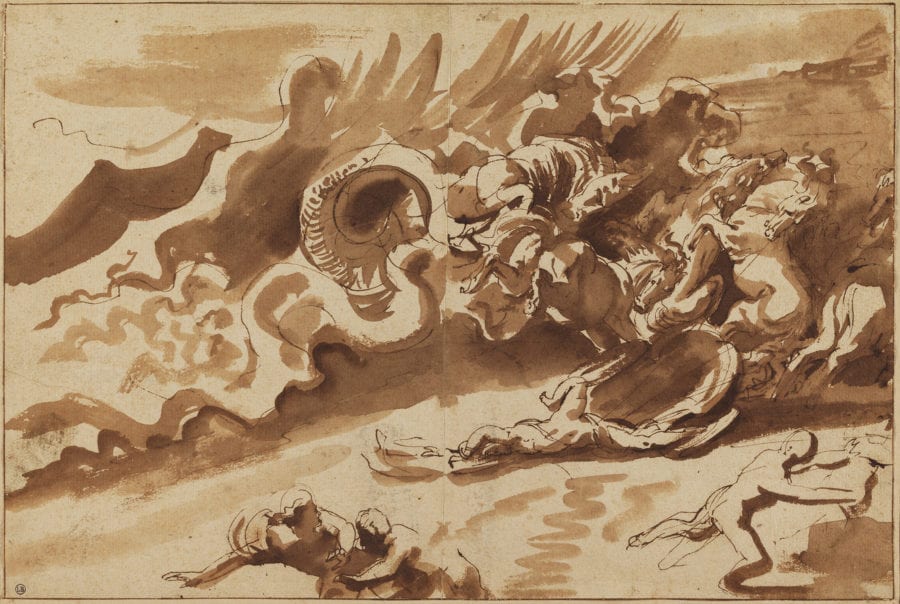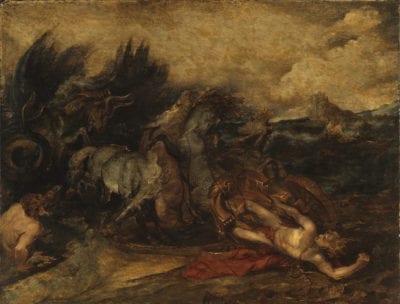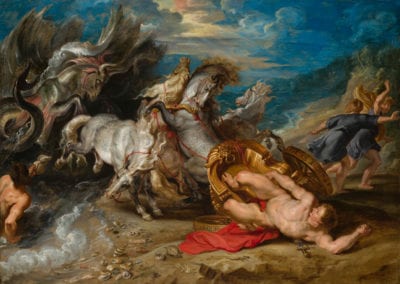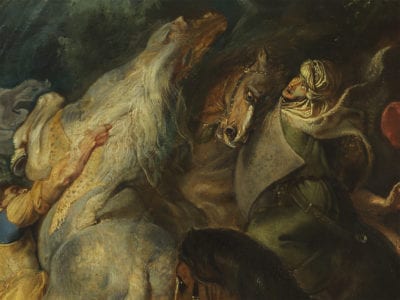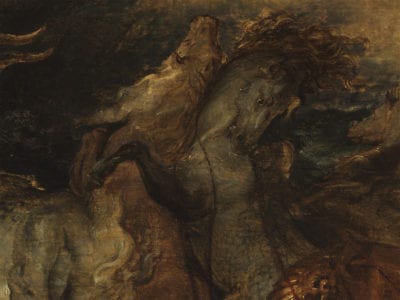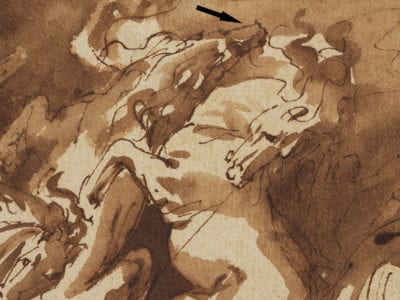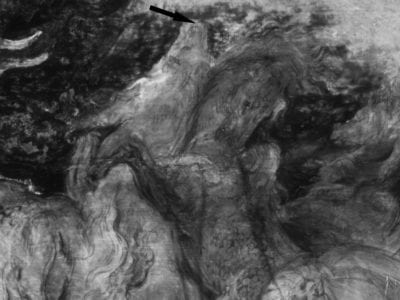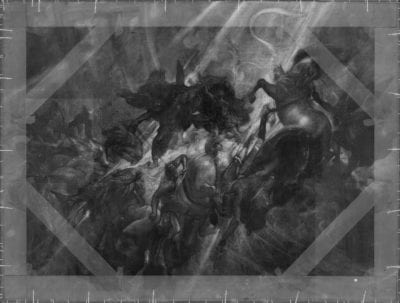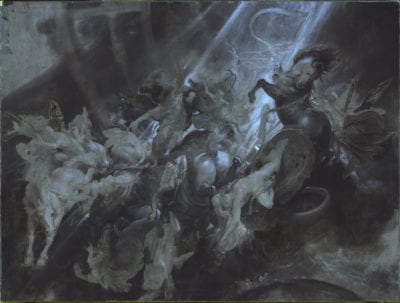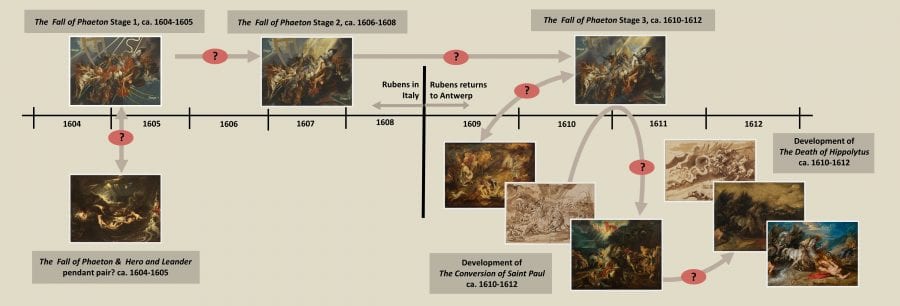Ainsworth, Maryan Wynn, Egbert Haverkamp-Begemann, John Brealey, Pieter Meyers. Art and Autoradiography: Insights into the Genesis of Paintings by Rembrandt, Van Dyck and Vermeer. New York: The Metropolitan Museum of Art, 1982.
Andrews, Keith. Catalogue of Netherlandish Drawings in the National Gallery of Scotland. Edinburgh: National Gallery of Scotland, 1985.
D’Arco, Carlo. Delle arti e degli artefici di Mantova. Mantua: D. Agazzi, 1857.
Bauman, Guy, and Walter A. Liedtke. Flemish Paintings in America: A Survey of Early Netherlandish and Flemish paintings in the Public Collections of North America. Antwerp: Fonds Mercator, 1992.
Beal, Mary Rose Sylvia. “A Study of Richard Symonds: His Italian Notebooks and their Relevance to Seventeenth-Century Painting Techniques.” PhD diss., Courtauld Institute of Art, 1978.
Belkin, Kristin Lohse. “Rubens’s Latin Inscriptions in his Copies after Holbein’s Dance of Death.” Journal of the Warburg and Courtauld Institutes 52 (1989): 245-50.
Bergeon, Ségolène. Science et patience, ou la restauration des peintures. Paris: Editions de la Réunion des musées nationaux, 1990.
Berrie, Barbara, and Louisa Matthew. “Lead White from Venice: A Whiter Shade of Pale?” In Studying Old Master Paintings, Technology and Practice, edited by Marika Spring, 295-301. London: Archetype Publications, 2011.
Christensen, Carol, Michael Palmer, and Michael Swicklick. “Van Dyck’s Painting Technique, His Writings, and Three Paintings in the National Gallery of Art.” In Anthony van Dyck, edited by Arthur K. Wheelock Jr., Susan J. Barnes, and Julius S. Held, 45-52. Exh. cat. Washington, DC: National Gallery of Art, 1990.
Conover, Damon M., John K. Delaney, and Murray H. Loew. “Automatic Registration and Mosaicking of Technical Images of Old Master Paintings.” Applied Physics A 119 (2015): 1567-75.
Doherty, Tiarna, Mark Leonard, and Jørgen Wadum. “Brueghel and Rubens at Work: Technique and the Practice of Collaboration.” In Rubens & Brueghel: A Working Friendship, edited by Anne T. Woollett and Ariane van Suchtelen, 215-251. Exh. cat. Los Angeles: J. Paul Getty Museum and The Hague, The Mauritshuis, 2006.
Durante, Stephanie-Suzanne. “The Conversion of Saint Paul.” In Peter Paul Rubens: A Touch of Brilliance: Oil Sketches and Related Works from The State Hermitage Museum and the Courtauld Institute Gallery, 66-73. Exh. cat. London: Courtauld Institute of Art, 2003.
Eastaugh, Nicholas, Valentine Walsh, Tracey Chaplin, and Ruth Siddall. The Pigment Compendium: Optical Microscopy of Historical Pigments. Oxford, UK: Elsevier Butterworth Heinemann, 2004.
Freedberg, David. Rubens: The Life of Christ After the Passion. Corpus Rubenianum VII. London: Harvey Miller Ltd, 1984.
Génard, Pierre. P. P. Rubens: Aanteekeningen over den grooten Meester en zijne bloedverwanten. Antwerp: Boekhandel van P. Kockx, 1877.
Gifford, E. Melanie. “Style and Technique in the Evolution of Naturalism: North Netherlandish Landscape Painting in the Early Seventeenth Century.” PhD diss., University of Maryland, College Park, 1997.
Golahny, Amy. “Rubens’ Hero and Leander and its Poetic Progeny.” Yale University Art Gallery Bulletin (1990): 20-37.
Healy, Fiona. “Losing Control of the Senses: The Fifth Horse in Rubens’s Fall of Phaeton.” In Von Kunst und Temperament: Festschrift für Eberhard König, edited by Caroline Zöhl and Mara Hofmann with contributions by Marion Kaminski, Stephanie Buck, and Maximilian Benke, 105-18. Ars nova. Turnhout: Brepols, 2007.
Held, Julius S. The Oil Sketches of Peter Paul Rubens: A Critical Catalogue. Kress Foundation Studies in the History of European Art. Princeton, NJ: Princeton University Press, 1980.
– . Rubens: Selected Drawings. 2nd ed. Oxford: Phaidon Press, 1986.
Higgitt, Catherine, Marika Spring, and David Saunders. “Pigment-medium Interactions in Oil Paint Films containing Red Lead or Lead-Tin Yellow.” National Gallery Technical Bulletin 24 (2003): 75-95.
Van Hout, Nico. “Meaning and Development of the Ground Layer in Seventeenth-Century Painting.” In Looking through Paintings: The Study of Painting Techniques and Materials in Support of Art Historical Research, edited by Erma Hermens, Annemiek Ouwerkerk, and Nicola Costaras. Leids hunsthistorisch jaarboek 11 (1998): 199-225.
Van Hout, Nico, and Arnout Balis. Rubens Unveiled: Notes on the Master’s Painting Technique. Exh. cat. Antwerp: Koninklijk Museum voor Schone Kunsten, 2012.
Jaffé, David, Elizabeth McGrath, Amanda Bradley, Ulrich Heinen, Veronika Kopecky, and Delfina Bergamaschi. Rubens: A Master in the Making. Exh. cat. London: National Gallery, 2005.
Jaffé, Michael. “Samson Destroying the Temple of Dagon: A Rediscovered Rubens.” Apollo 139 (December 1993): 377-82.
– . Rubens and Italy. Ithaca: Cornell University Press, 1977.
– . “Rubens in Italy: Rediscovered Works,” The Burlington Magazine 100, no. 669 (December 1958): 411-422, 426.
Johnson, Don H., C. Richard Johnson, and Robert G. Erdmann, “Weave Analysis of Paintings on Canvas from Radiographs.” Signal Processing 93 (2013): 527-40.
Kamba, Nobuyuki. “Scientific Examination of the Ground, Pigments and Painting Techniques Used in Three Versions of The Flight of Lot and His Family from Sodom.” In Rubens and His Workshop: “The Flight of Lot and His Family from Sodom,” edited by Toshiharu Nakamura, 69-94. Exh. cat. Tokyo: The National Museum of Western Art, 1994.
Kirby, Jo. “The Painter’s Trade in the Seventeenth Century: Theory and Practice.” National Gallery Technical Bulletin 20 (1999): 5-49.
Lammertse, Friso and Alejandro Vergara. Rubens: Painter of Sketches. Exh. cat. Madrid: Museo del Prado and Rotterdam: Museum Boijmans Van Beuningen, 2018.
Lindberg, David C. The Beginnings of Western Science: The European Scientific Tradition in Philosophical, Religious, and Institutional Context, Prehistory to a.d. 1450. 2nd ed. Chicago: University of Chicago Press, 2007. The Letters of Peter Paul Rubens, translated and edited by Ruth Saunders Magurn. Cambridge, MA: Harvard University Press, 1955.
Martin, Gregory. The Flemish School: Circa 1600-Circa 1900. London: National Gallery, 1970.
– . “Hero and Leander.” In Rubens: Mythological Subjects 2. Corpus Rubenianum Ludwig Burchard XI. London and Turnhout: Harvey Miller Publishers/Brepols, forthcoming.
McGrath, Elizabeth. “Rubens and Classical Myth: An Introduction.” In McGrath, Martin, Healy, Schepers, Van de Velde, and De Clippel, Mythological Subjects 1.
McGrath, Elizabeth, Gregory Martin, Fiona Healy, Bert Schepers, Carl van de Velde, and Karolien de Clippel. Rubens: Mythological Subjects 1: Achilles to the Graces. Corpus Rubenianum Ludwig Burchard XI. London and Turnhout: Harvey Miller Publishers/Brepols, 2016.
Müller-Hofstede, Justus. “An Early Rubens Conversion of Saint Paul: The Beginning of his Preoccupation with Leonardo’s Battle of Anghiari.” The Burlington Magazine 106, no. 732 (1964): 94-103, 105-106.
Muller, Jeffrey M. Rubens: The Artist as Collector. Princeton, NJ: Princeton University Press, 1989.
Noble, Petria, Jaap J. Boon, and Jørgen Wadum. “Dissolution, Aggregation and Protrusion: Lead Soap Formation in 17th-Century Grounds and Paint Layers.” ArtMatters: Netherlands Technical Studies in Art 1 (2002): 46-61. Ovid. Metamorphoses. Translated by Brookes Moore. The Theoi Classical Texts Library, https://www.theoi.com/Text/OvidMetamorphoses2.html.
De Piles, Roger. Abrégé de la Vie des Peintres, Avec des réflexions sur leurs Ouvrages, Et un Traité du Peintre . . . Paris: Chez Charles de Sercy, 1699.
Peter Paul Rubens, 1577-1640. Exh. cat. Cologne: Museen der Stadt Köln, 1977.
Plesters, Joyce. “Tintoretto’s Paintings in the National Gallery: Part I.” National Gallery Technical Bulletin 3 (1979): 3-24.
– . “Tintoretto’s Paintings in the National Gallery: Part II.” National Gallery Technical Bulletin 4 (1980): 32-48.
Plesters, Joyce, and Lorenzo Lazzarini. “Preliminary Observations on the Technique and Materials of Tintoretto.” Conservation of Paintings and the Graphic Arts: Preprints of Contributions to The Lisbon Congres 1972, 153-70. London: The International Institute for Conservation of Historic and Artistic Works, 1972.
Scott-Elliot, A. H. “Statues from Mantua in the Collection of King Charles I.” The Burlington Magazine 101, no. 675 (1959): 218-27.
Seilern, Antoine. Corrigenda & Addenda to the Catalogue of Paintings & Drawings at 56 Princes Gate, London SW7. London: Shenval Press, 1971.
– . Flemish Paintings & Drawings at 56 Princes Gate, London SW7. London: Shenval Press, 1955.
Von Sonnenburg, Hubert. “Rubens’ Bildaufbau und Technik, I: Bildträger, Gruniereung un Vorskizzierung.” Mahltecknik Restauro 85, no. 2 (1979): 77-100.
– . “Rubens’ Bildaufbau und Technik, II: Farbe und Auftragstechnik,” Mahltecknik Restauro 85, no. 3 (1979): 181-203.
Stols-Witlox, Maartje. “‘From Reading to Painting’: Authors and Audiences of Dutch Recipes for Preparatory Layers for Oil Painting.” Early Modern Low Countries 1 (2017): 71-134.
Stols-Witlox, Maartje, Tiarna Doherty, and Barbara Schoonhoven. “Reconstructing Seventeenth-century Streaky Imprimatura Layers Used on Panel Paintings.” In Preparation for Painting: The Artist’s Choice and its Consequences, edited by Joyce H. Townsend, Tiarna Doherty, Gunnar Heydenreich, and Jacqueline Ridge, 79-91. London: Archetype Publications, 2008.
Vlieghe, Hans. Saints. Corpus Rubenianum Ludwig Burchard VIII. London and New York: Phaidon, 1973.
Wheelock, Arthur K., Jr. Flemish Paintings of the Seventeenth Century. Washington, DC: National Gallery of Art, 2005.
Wood, Jeremy. “‘Damaged by Time and Rubens’: Rubens’s Restorations and Retouchings,” Apollo (1995): 16-23.
